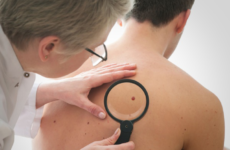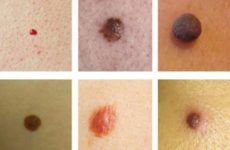Most people experience sexually transmitted diseases during their lifetime. And the most common infection among them is papilloma: an outgrowth on the skin that does not look aesthetically pleasing can grow to a large size, become damaged, inflamed, and also contribute to cancer.
It is especially unpleasant when papillomas grow on the genitals, causing discomfort and creating problems in sexual life. How to deal with such a disaster – read this article.

Содержание:
- 1 Features of the appearance of papillomavirus on the genitals. What it is?
- 2 Causes of the disease
- 3 Symptoms of the disease
- 4 Diagnostic methods
- 5 What is dangerous papillomavirus on the genitals, for a man
- 6 Methods for the treatment of papillomavirus on the genitals in men
- 7 Average removal cost
- 8 Complications of pathology
- 9 Prevention and prognosis
Features of the appearance of papillomavirus on the genitals. What it is?
Papilloma is a benign tumor of the skin or mucous membranes, which is caused by the human papillomavirus (HPV).
The virus is transmitted mainly through sexual contact, but a household route through contact with infected skin is also possible. From the moment of infection to the appearance of skin growths, it usually takes several months.
Reference: According to statistics, 75-85% of people in developed countries who are sexually active have been infected with HPV at least once in their lives and about 10% have HPV at the moment, which makes HPV the most common sexually transmitted disease.
What do growths on the penis look like?
There are hundreds of strains of papillomavirus infection that differ from each other in clinical manifestations and during the course of the disease, of which more than 40 cause growths on the skin.
HPV on the genitals, as a rule, is manifested by the formation of genital warts – elongated mushroom-shaped skin growths on a thin stalk, soft and painless to the touch. There are also strains of HPV that cause flat, plaque-like growths.
Growths can be both single and grow in colonies. With a weakened immune system, papillomas can reach large sizes, causing great inconvenience.
Places of localization
Condylomas most often grow in the region of the frenulum, on the foreskin, in the lower part of the head or on the trunk.
Mechanical damage to the skin increases the likelihood of infection. Also find out how warts appear on the penis , diagnosis and treatment of the disease.
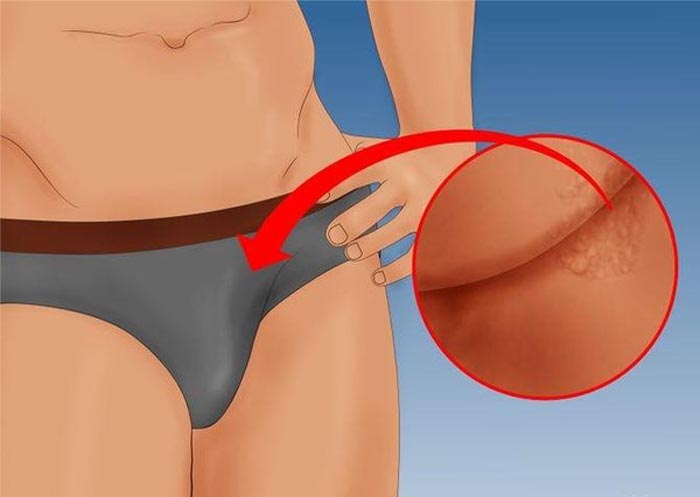
On the head of the penis
On the head of the penis, papillomas, as a rule, grow in its lower part. Phimosis, as well as insufficient hygiene, can aggravate the course of the disease and lead to inflammation of the growth.
On the foreskin
Papillomas on the foreskin can cause discomfort when opening and closing the head. They are also very prone to damage, which can lead to inflammation and complications.
On a bridle
One of the most common sites for genital warts is the frenulum of the penis due to its propensity to break.
Causes of the disease
Basically, HPV is transmitted sexually through vaginal, oral or anal contact. The condom protects the surface of the penis from infection, but the rest of the body remains defenseless and can be infected. However, this is not a reason to neglect the use of a condom: such protection is better than none at all.
It is also possible household transmission of the virus if the skin has abrasions and scratches. Such infection can occur through handshakes and touching, or through contaminated objects in toilets, bathrooms, gyms and public transport.
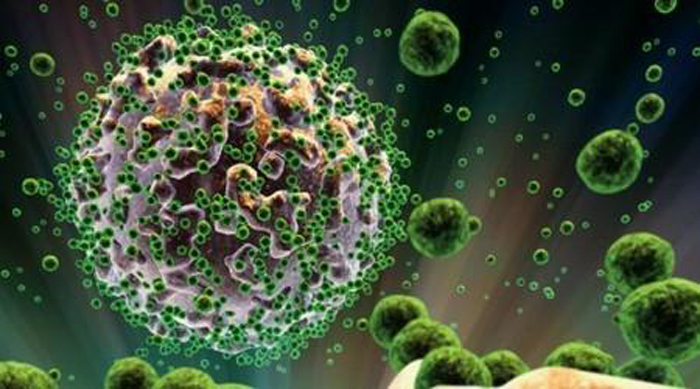
Symptoms of the disease
The main clinical manifestation is the appearance of growths on infected areas of the skin. The growths usually appear within 3 to 6 months of infection and usually disappear without special treatment within two years.
The growths are soft and do not cause pain, however, in case of injury, they can cause a lot of discomfort. At the level of the whole body, HPV leads to a decrease in immunity.
Often, HPV is almost asymptomatic and the carrier of the virus does not even suspect that it can infect another person.
Diagnostic methods
In men, unlike women, the risk of papilloma degeneration into a cancerous tumor is low, so laboratory tests are usually not advisable. But in case of inflammation and / or pain in the papilloma, you should consult a doctor and conduct an examination.
First of all, the presence of papillomavirus infection is diagnosed by characteristic growths. However, during visual inspection it is impossible to determine the strain of the virus and its possible oncogenicity, for this laboratory tests are carried out:
Digene test: This is a screening test used to quickly identify highly oncogenic virus types. Has high specificity and accuracy.
PCR: This method is based on the analysis of the genome of the virus and allows you to determine which strains of HPV the patient is infected with. This method is quite expensive and is not recommended for routine checks.
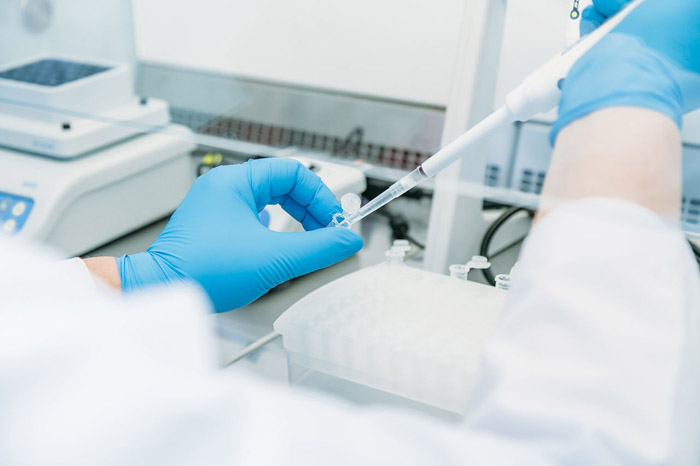
What is dangerous papillomavirus on the genitals, for a man
Papillomas, in addition to aesthetic problems, also carry the risk of developing cancer. Frequent injury to papillomas increases the risk of malignant transformation of affected tissues. Since the papillomas located on the penis are susceptible to injury, they need to be removed.
For his woman
A woman can become infected with papilloma from her partner through sexual contact and through the household. Partners are encouraged to take tests to determine the strain of the virus and the risk of its oncogenicity.
HPV is especially dangerous for women due to its tendency to transform into cervical cancer. Therefore, if there is a papilloma on the penis, it is imperative to use a condom during sexual contact: this will protect the vagina, although other parts of the body remain at risk of infection.
In general, women who are sexually active are recommended to be tested for HPV oncogenic strains every three years . There are also vaccines against the most dangerous types of HPV, although their cost is relatively high – about 10 thousand rubles.
Methods for the treatment of papillomavirus on the genitals in men
There are no drugs and methods capable of destroying HPV in the body completely, only the human immune system can do this. The possibilities of medicine are limited to the removal of skin neoplasms and restorative practices.
Conservative therapy
Conservative therapy for HPV is to strengthen the immune system and maintain a healthy lifestyle:
- Avoid prolonged stress.
- Do sports regularly.
- Do not abuse smoking, alcohol and junk food.
- Avoid hypothermia.
- If desired, you can use natural immunomodulators: ginger, ginseng, echinacea.
- Do not forget about the prevention and protection against other diseases that reduce immunity, use contraception.
- If there are chronic diseases, then they should be treated.
See also: wart on the penis , effective treatments
Radical Methods
An indication for the removal of papillomas is their frequent injury. Aesthetic discomfort is also a common reason for removal.
To remove growths caused by HPV, the following methods are used:
Surgical impact
The classic method of removing growths.
- Mode of action : Neoplasms are excised with a surgical scalpel.
- Application : Usually used to remove large growths or in difficult cases.
- Advantages : Allows you to take a sample of infected tissue for biological research.
- Disadvantages : The complexity of the procedure, it takes a relatively long time.
- Anesthesia : Local anesthesia.
- Recovery period : from two weeks to a month.
Cryodestruction
Popular and inexpensive way.
- Mode of action : Liquid nitrogen is applied to the body of the papilloma and freezes it, destroying the infected tissue.
- Application : Mostly small solitary papillomas.
- Advantages : The procedure does not require preparation. Low price and availability in many medical institutions.
- Disadvantages : Not suitable for large neoplasms and difficult cases. Possible scarring.
- Anesthesia : Not usually used.
- Recovery period : 2-6 weeks.
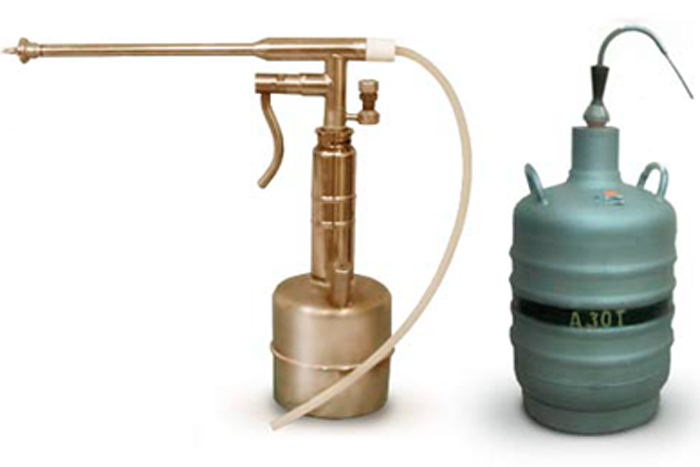
Laser
A modern and effective method that is applicable in many cases.
- Method of exposure : A laser beam is used, which destroys the tissues of the neoplasm, which leads to its death.
- Application : Used in case of single and multiple warts.
- Advantages : Does not require preparation and does not last long.
- Disadvantages : Without anesthesia, the procedure can be painful. Scar formation is possible. Relatively high price.
- Anesthesia : Local anesthesia may be required.
- Recovery period : two weeks.
Electrocoagulation
A quick and affordable way to get rid of papillomas.
- Mode of action : Electric current seals the vessels that feed the neoplasm and burns the affected tissues.
- Application : Applicable in various situations, including complex ones.
- Advantages : Allows you to take biological material for research. Low price and availability in many medical institutions.
- disadvantages : Possible scarring.
- Anesthesia : Recommended when removing large formations.
- Recovery period : two weeks.
Radiosurgery
The most popular method of removing papillomas at the moment.
- Mode of action : Radio waves destroy neoplasm tissues.
- Application : It is used in various situations, including complex ones.
- Advantages : The procedure is fast, reliable and safe.
- disadvantages : Soreness. Relatively high price.
- Anesthesia : Local anesthesia may be required.
- Recovery period : two weeks.
Chemical degradation
A primitive method of removal, but affordable and inexpensive.
- Mode of action : Aggressive chemicals burn out neoplasm tissues.
- Application : Used to remove small growths. Not recommended for use on sensitive areas of the genitals.
- Advantages : Availability and price.
- disadvantages : Soreness. Leaves scars or scars.
- Anesthesia : As needed.
- Recovery period : from two weeks to a month.
Folk remedies
Folk remedies are ineffective for removing papillomas on the penis , and sometimes they are simply dangerous. Use them at your own risk.

Moxibustion
Pharmacies sell a variety of products based on acids or alkalis, which are applied to the affected areas of the skin and burn them out. In fact, this is the same chemical destruction described above, but is carried out independently using amateur means.
It is highly not recommended for use on sensitive areas of the genital organs: if the affected tissues are not completely burned, then there is a possibility of recurrence and spread of the virus to neighboring tissues; and if you burn it, – a chemical burn of the genitals – an unpleasant thing.
Various ointments, lotions, infusions, decoctions, solvents and chemicals of varying degrees of aggressiveness are useless at best, and dangerous at worst.
silk thread
There is another folk way to remove papillomas, safer, but not effective enough – a silk thread is tied around the leg of the warts and tightened with a knot so as to block the blood flow to the process.
Then you should wait until the process dries up and falls off. Thus, an unpleasant growth is removed, but infected cells still remain in the skin in its place, and after a while the papilloma is likely to reappear.
Features of the treatment of papillomavirus under the head
The lower part of the head is an extremely sensitive area, so it should be removed with extreme care. So, for example, chemical removal is hardly applicable because of its soreness and the risk of burns.
Removal of papillomas at the base of the head of the penis will most likely require local anesthesia.
Average removal cost
Unfortunately, the removal of papillomas on the genitals is significantly more expensive than in other areas.
- Surgery – from 1500 rubles, depending on the complexity.
- Cryodestruction – from 800 rubles. for one papilloma.
- Laser removal – from 1500 rubles, depending on the number and complexity.
- Electrocoagulation — from 700 rubles. for one papilloma.
- Radiosurgery – from 1500 depending on the number and complexity.
- Chemical destruction – from 500 rubles.
Complications of pathology
In the case of weakened immunity and prolonged lack of treatment, papillomas can reach enormous sizes.
The virus can enter the urethra and further into the bladder, which will create big problems with urination. In this case, the operation will be much more complicated and more expensive than the above operations to remove growths on the surface of the body.
Infection with oncogenic forms of HPV, when the papilloma is injured for a long time and in the absence of therapy, creates the risk of tumor degeneration from benign to malignant.
Prevention and prognosis
A condom is the main tool that protects the skin of the penis from infection with papilloma. However, it is worth noting that infection is possible through oral sex and simply by contact with infected skin.
Also, as a preventive measure, it is recommended to maintain immunity and lead a healthy lifestyle: strong immunity prevents the virus from entering the body and speeds up recovery in case of infection.



